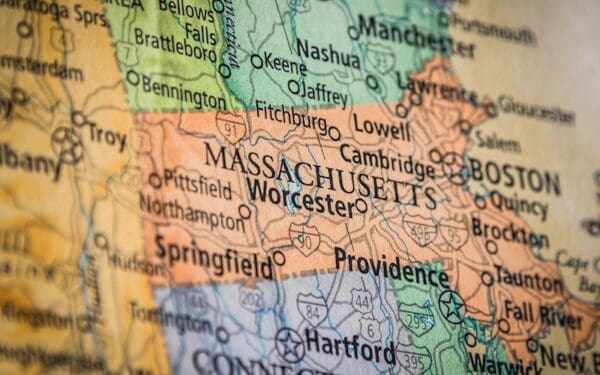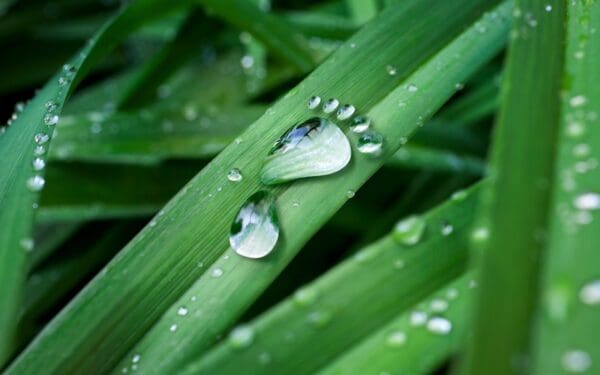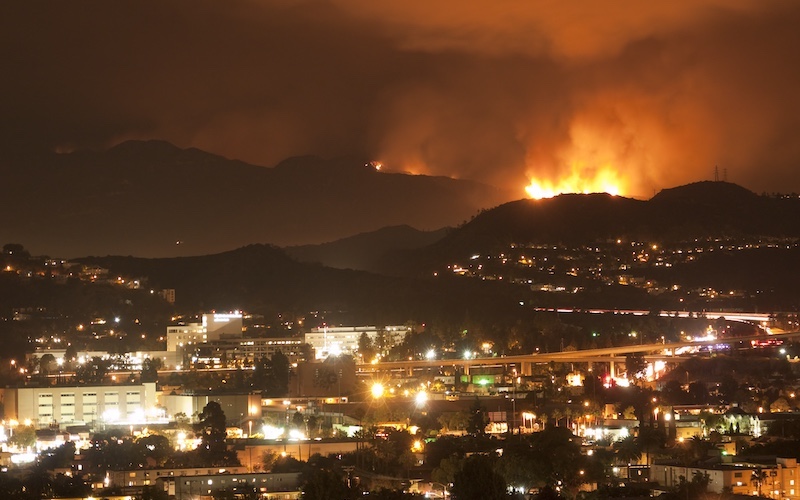
Wildfires have swept across Los Angeles, hitting neighborhoods of every socioeconomic status and reinforcing the reality that we're all affected by climate change. Photo: Shutterstock
Part of my old high school just burned down.
Palisades Charter High School in Los Angeles was better known as “Pali” when I attended it decades ago. It sat on a hill just a few blocks from the Pacific Ocean and was renowned for its carefree surfer dudes and careless “valley” girls. Its location in a neighborhood home to many film industry executives ensured the campus a starring role onscreen. If you’ve ever seen “Carrie,” “Freaky Friday,” or the TV series “Teen Wolf,” you’ve glimpsed Pali High.
The school was among thousands of structures damaged or destroyed in six wildfires that ripped through some of the city’s most iconic neighborhoods. The fires scorched over 35,000 acres and are being called the most destructive the area has ever seen. They incinerated thousands of homes, schools, and businesses and forced tens of thousands of Angelenos to flee with whatever they could carry. At least 25 people died.
Back when I boarded a yellow school bus from South Central LA to Pacific Palisades each day, no one in either neighborhood was talking about climate change. Instead, teenage conversations revolved around the merits of disco over rock and roll. But times have changed, and today, kids and adults alike are experiencing firsthand what climate change looks like.
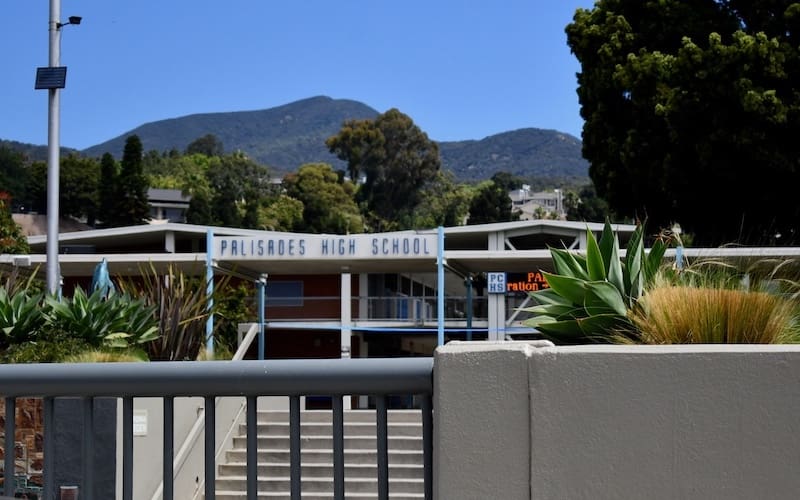
How Climate Change Looks in LA
In LA, climate change means that the area’s notorious Santa Ana winds have become more ferocious and more likely to whip into a dangerous frenzy across a bone-dry, drought-stricken landscape. (What’s different this year is that only a quarter of an inch of rain has fallen on the city in the past eight months.) It means that areas far from the brush-laden canyons and hillsides known to combust into flame each year are now also at risk. This time, Santa Monica, an oceanside city abutting the Palisades but boasting wide asphalted boulevards lined with neat concrete sidewalks, issued an unprecedented evacuation order. So did Hollywood. Watching this unfold from the other side of the country, the orders felt surreal. I’m used to thinking of the Santa Monica Pier, the Chinese Theatre, and the Hollywood Walk of Fame, as the heart of LA. The sight of evacuees gridlocked on Hollywood Boulevard looked and felt like, well, a Hollywood movie.
“Scary, scary,” texted my niece the night the fires broke out. She attended my alma mater and is now an interior architect in LA. She’s safe, but a couple of her projects went down. A cousin living in Altadena, though, lost her home. And after she fled to my aunt’s house in a distant neighborhood, that too had to be evacuated. No word yet whether that house made it through. Another aunt texted me the news of a friend whose extended family lost a total of five houses in the fires.
Native Angelenos know what to expect next. After wildfires sear away brush and chaparral in the hills, massive mudslides will follow with the first hard rain. If that rain should even come.
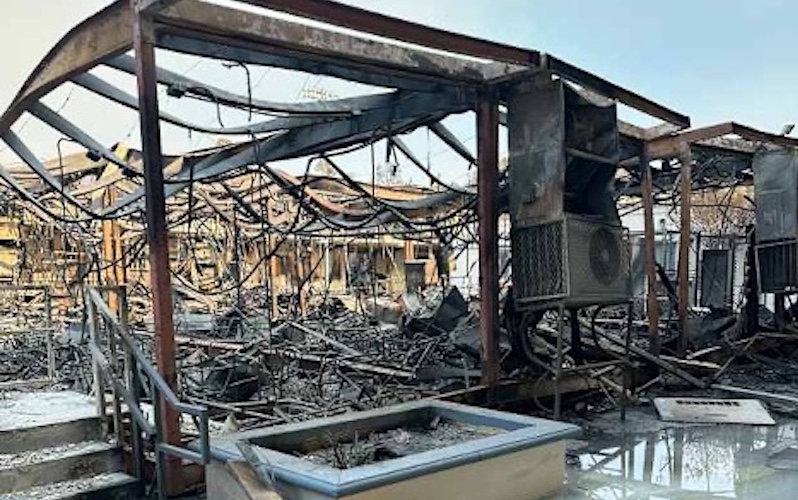
A Reckoning with Climate Change
What’s scariest of all is where we stand today with climate change and especially the direction we are about to take when it comes to climate policy. That is, ignoring it. A man who has called climate change a “hoax” is about to step back into the Oval Office. In the hours after the LA fires broke out, this man, helpfully, spent his time blaming California Governor Gavin Newsom for instituting new rules to carry water to California farmers. Our president-elect claimed he would have somehow prevented the fires from rampaging across hillsides and homes. Oddly, he does not attribute his “day-one” pledge to pull out of the Paris Climate Agreements as playing any role in literally fanning the flames of climate change. And yet, his actions are guaranteed to make the massive wildfires we already see more frequently much worse. As the country abandons any commitment to ratcheting down the climate emissions responsible for climate change, the planet will overheat even faster.
Adding More Fuel to the Fire
To make matters worse, Trump will add more fuel to the raging fire of climate change by prioritizing US production of oil and gas. His innovative policy pledge is to “drill, drill, drill.” His second bold innovation: “We’re going to try to have a policy where no windmills are being built.” As he turns away from the promise of wind energy and sweeps away incentives encouraging production of electric cars, we will all experience the fallout firsthand. It will come with worsening extreme weather. But it will also come in a stagnating economy no longer positioned to add thousands of clean energy jobs.
And indeed, we all are experiencing climate change firsthand. One notable fact about this week’s fires is they swept through both wealthy, well-to-do, and white neighborhoods as well as middle and working-class Black and Brown neighborhoods. Pacific Palisades mansions burned, but so did tidy suburban bungalows in Altadena, where 30% of the population is Hispanic and 17% Black. Fires also swept through rural homes in Sylmar, where 78% of the population identifies as Hispanic.
The Only Way Out is Through
At this point, in a doomsday story, it would be tempting to give up. But of course, we can’t. We all live on this planet, and as the saying goes, there’s no planet B. Either we work with purpose and resolve to better our situation, or we succumb to it. That’s why I’m grateful to work at CLF among people determined to do something about it.
As we watch another climate change-driven disaster unfold while preparing for Donald Trump to take office, let’s not forget that it’s up to us to turn things around. We must continue to pressure local and state representatives to uphold state climate laws limiting carbon emissions. We must continue to push for more wind and solar energy, electric cars, and efficient public transit.
Although this particular disaster unfolded in my hometown of LA, we’ve seen plenty of others unfold across every corner of the country and world, including some right here in New England. Now is not the time to cede to politicians or oil interests willing to exchange vision and courage for a fast buck. Now is the time to come together and fight for our lives – and our future. If we’re persistent, we could give this a Hollywood ending.
Want to donate to help wildfire victims in Los Angeles? Here’s where you can go:
- The Los Angeles Fire Department Foundation is the official nonprofit partner of the city’s fire department. You can donate here.
- LA Food Bank-Food Assistance provides nourishment after fires, earthquakes, and other disasters You can donate here.
- The American Red Cross is providing shelter, food, relief supplies, and medical care. You can donate here.
- World Central Kitchen is giving sandwiches, fruit, and water to “all areas of immediate need.” You can donate here.
- Animal Wellness Foundation is using its old vet hospital to shelter animals belonging to evacuees who couldn’t take pets with them. You can donate here.
- Pasadena Humane has taken in more than 300 animals, some with burns and other fire-related injuries. The shelter is asking for donations for medication, fluids, and oxygen. You can donate here.


